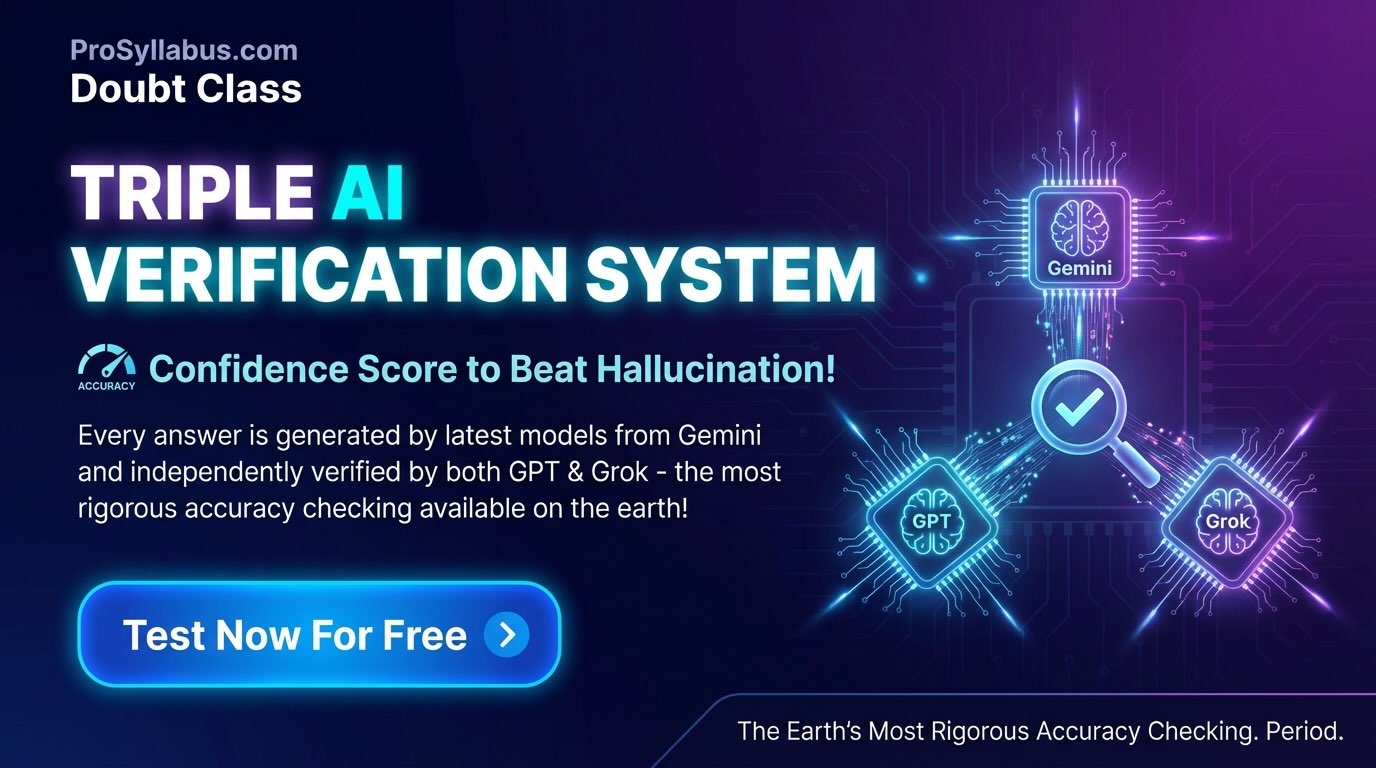Thermodynamics Mastery – Interactive Quiz & Cheatsheet
Boost your understanding of Thermodynamics with this engaging quiz and quick-reference guide tailored for exam success
Updated: 3 months ago
Categories: Mini Game, Physics, Class 11, Thermodynamics

Thermodynamics Cheatsheet
Cheat Codes & Shortcuts
- First Law: \( \Delta U = Q - W \), internal energy change equals heat added minus work done.
- Second Law: Entropy of an isolated system never decreases, \( \Delta S \geq 0 \).
- Work: For an ideal gas, \( W = P \Delta V \) (isobaric process).
- Ideal Gas Law: \( PV = nRT \), relates pressure, volume, moles, and temperature.
- Carnot Efficiency: \( \eta = 1 - \frac{T_C}{T_H} \), for a Carnot engine.
- Enthalpy: \( H = U + PV \), useful for constant pressure processes.
- Entropy Change: \( \Delta S = \int \frac{dQ_{rev}}{T} \), for reversible processes.
- Gibbs Free Energy: \( G = H - TS \), determines spontaneity at constant T, P.
- Heat Capacity: \( C = \frac{dQ}{dT} \), at constant volume or pressure.
- Adiabatic Process: \( PV^\gamma = \text{constant} \), where \( \gamma = \frac{C_P}{C_V} \).
Quick Reference Table
| Type | Formula | Description |
|---|---|---|
| First Law | \( \Delta U = Q - W \) | Energy conservation: internal energy change. |
| Ideal Gas | \( PV = nRT \) | Relates state variables for ideal gases. |
| Carnot Cycle | \( \eta = 1 - \frac{T_C}{T_H} \) | Maximum efficiency of a heat engine. |
| Entropy | \( \Delta S = \int \frac{dQ_{rev}}{T} \) | Entropy change for reversible processes. |
| Adiabatic | \( PV^\gamma = \text{constant} \) | No heat exchange, \( \gamma = \frac{C_P}{C_V} \). |
| Gibbs Energy | \( \Delta G = \Delta H - T \Delta S \) | Spontaneity at constant T, P. |
Advice
Identify Process: Determine if the process is isothermal, adiabatic, isobaric, or isochoric.
Use Ideal Gas Law: Apply \( PV = nRT \) to find missing state variables.
Check Units: Ensure consistency (e.g., Joules for energy, Kelvin for temperature).
Reversible vs. Irreversible: Use appropriate formulas for entropy calculations.
Verify: Confirm calculations by checking energy conservation or state relations.
Thermodynamics Quick Tips
- First Law: Always account for both heat and work in energy balance.
- State Variables: Use \( PV = nRT \) to relate P, V, T for ideal gases.
- Entropy: For reversible processes, compute \( \Delta S = \int \frac{dQ}{T} \).
- Efficiency: Carnot efficiency sets the upper limit for heat engines.
- Free Energy: Use Gibbs or Helmholtz to predict spontaneity.
Thermodynamics Speed Quiz
Test your speed with 5 thermodynamics questions! You have 30 seconds per question.
Question: 1/5
Time left: 30s
Quiz Complete!
Your Score: 0/5

Group Discussions
No forum posts available.


